Historically, this is a duel that we see in practically every match, as many of the best players wear adidas F50 or Nike Mercurial. On this occasion, we will be focusing on several key aspects of each boot to determine which one is better for each type of player.
Upper
The upper has more influence over boot design than most people give it credit for, since it directly impacts both comfort and ball contact. This time, we are working with synthetic materials on both silos.
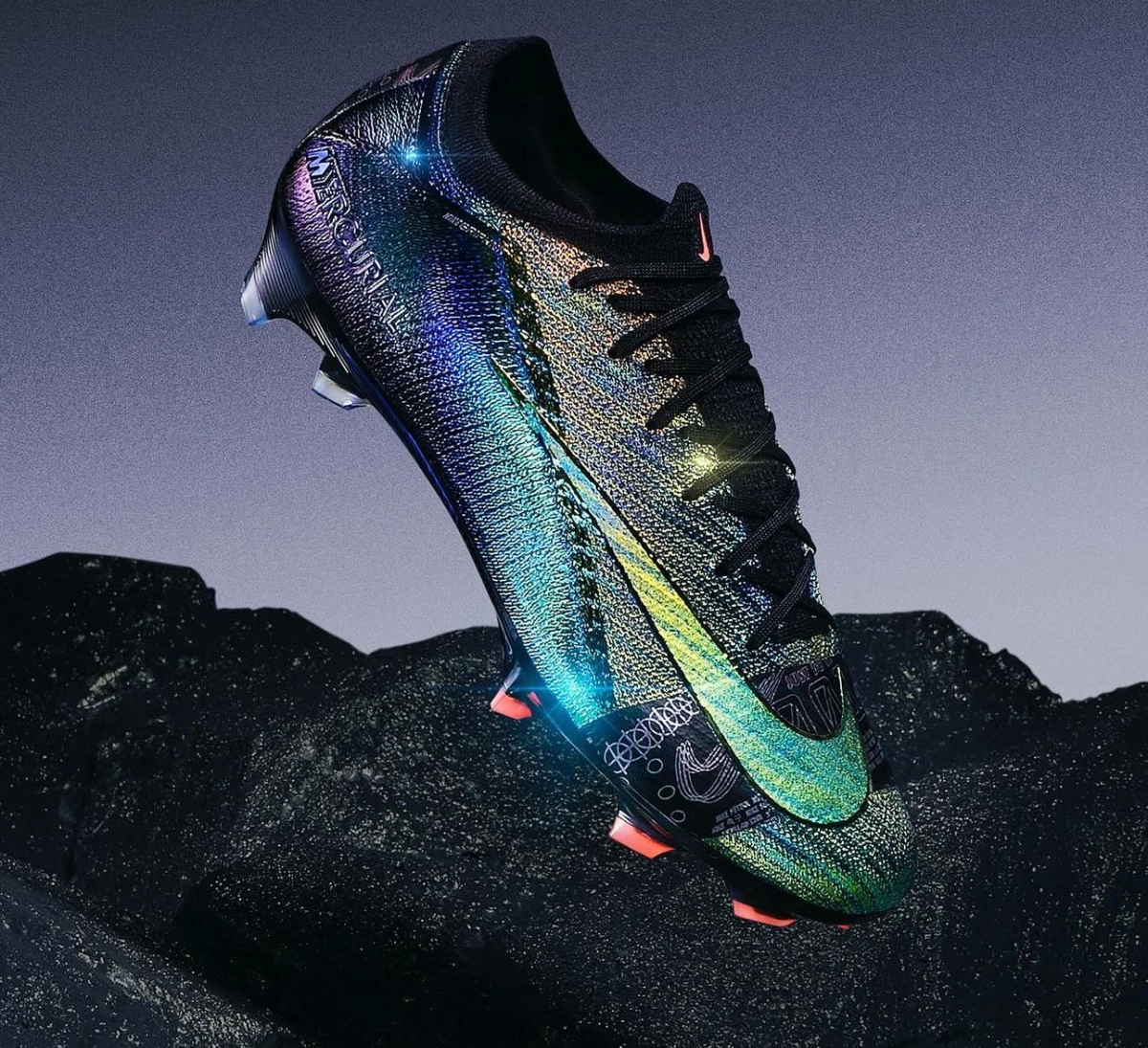
Nike Mercurial goes for the gripknit, a woven material that provides a supreme fit with a grippy touch in the front and really recreates that sock-like feeling that we enjoy so much - under certain circumstances, of course.
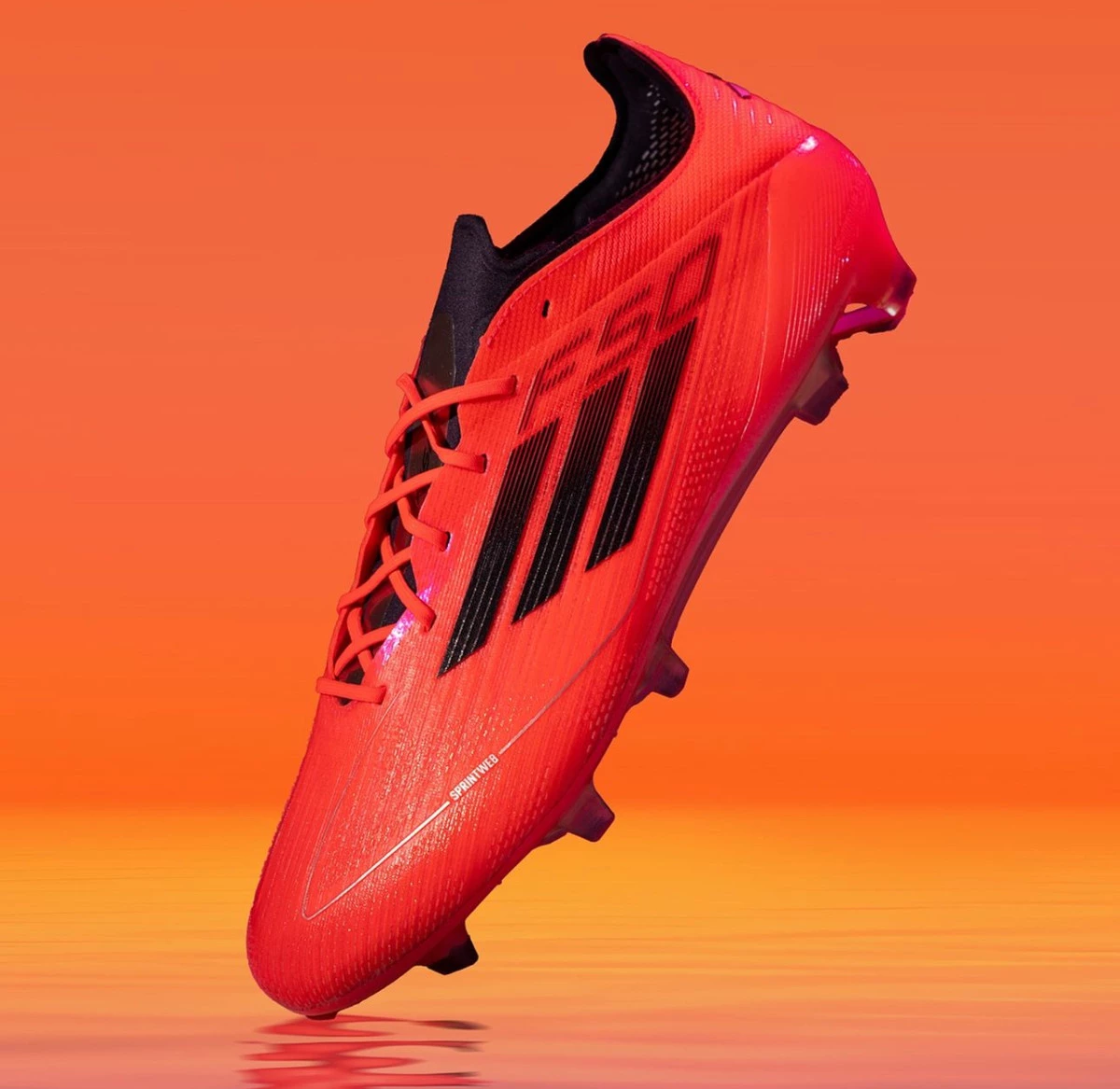
On the other hand, the German brand opts for a synthetic upper that feels a bit hard at the beginning but then gets softer and softer as the boot is used, which results in a comfortable boot adapted to the player's foot.
That's why, during the first few times wearing these boots, we will feel a more comfortable upper and more grip from Mercurial, while we will find a more minimalist and robust upper on the adidas boot. We think Mercurial might have narrowly won this round for having a softer, adaptable upper since minute one.
Fit and comfort
This is a tricky aspect to judge, mostly because it is often a very personal choice that also depends on each and everyone's feet. In this case, both boots provide a close and snug fit.
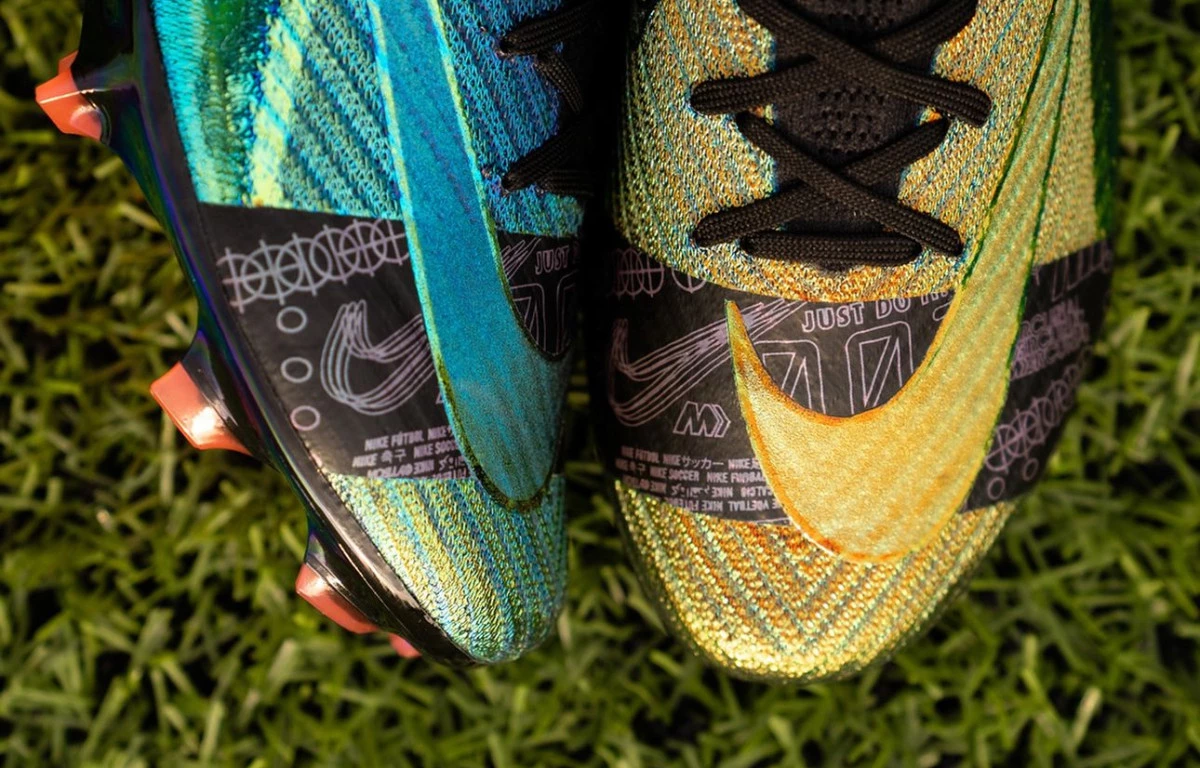
If we focus on the Mercurial boot, we have a slightly tighter fit to the foot as the knit gives us that comfortable but tight fit. This new material in use is a bit softer than previous generations' and allows us to enjoy the Mercurial even if we have a wider foot.

They are manufactured a bit wider as a standard practice and the midlayer gives us a great boot-foot combination by presenting a looser fit for the forefoot and a more snug one in general.

A first glance we might expect the Nike silo to be a bit more manageable, but if you have a wider foot you might be more comfortable wearing the F50 since they have more space in the front due to the shape of the boot. Again, my friends, this is a very personal choice. As a bonus point for adidas, we have to consider that the brand offers other versions of this boot that can adapt to different types of feet. Aside from the standard one we have been revieweing, we can choose between a laceless option with lightstrike technology and another one without; that makes three top-range alternatives.
Sole
Now we dive straight into what is perhaps the most important feature of a speed football boot: the outsole. Both have a very aggressive traction as they seek to lend us the maximum speed possible out of each of the steps we take. However, both brands interpret this concept differently.

adidas produces an outsole with somewhat short studs arranged in a triad (which are nice to use on different types of pitches), several grip points and very, very good reactivity with stabilising arches.

On Nike's side we find a plate with Airzoom, a technology that comes directly from other models of the american brand and provides players with that rebound in each step, which also makes for great responsiveness. The studs in the FG version are fairly aggressive, as you can feel them ‘scratching’ with every step.
To sum up, if we are looking for a very, very aggressive traction, Mercurial is the right choice. Meanwhile, adidas' F50 has a more versatile outsole both regarding width, stud distribution and height.
And so concludes this comparison of the two fastest boots from Nike and adidas. Perhaps Nike has a bolder concept on speedy boots, with a very tough plate and a tight and glued adjustment. adidas, on the other hand, gives its boot that minimalist touch of old-school models, with a more versatile plate and a soft and elegant touch. Choosing between one of them is not as easy as it seems. We've had some good times with both of them, but which one would you choose?
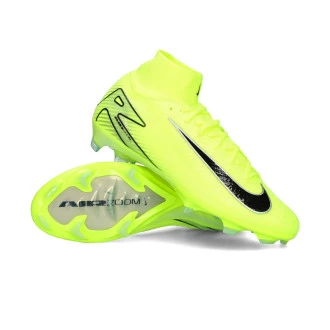
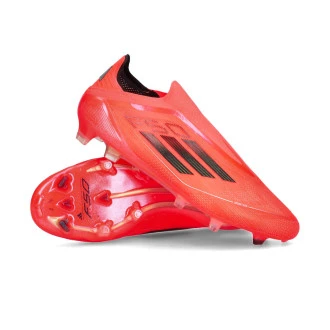
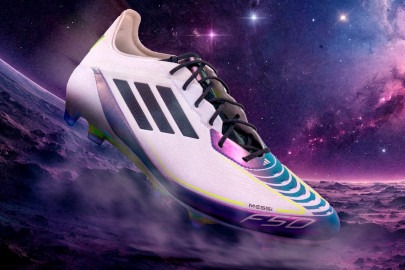
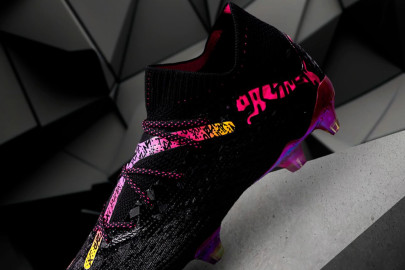
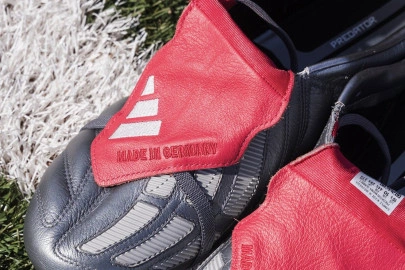



Log in or
create your account
Your best self starts here. Come in and get in your prime